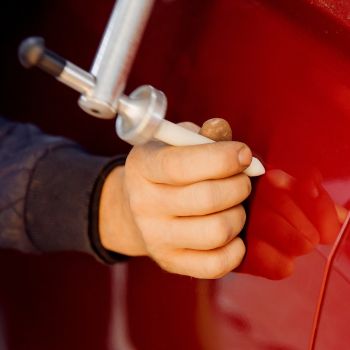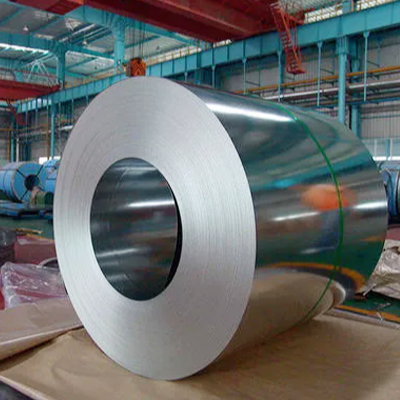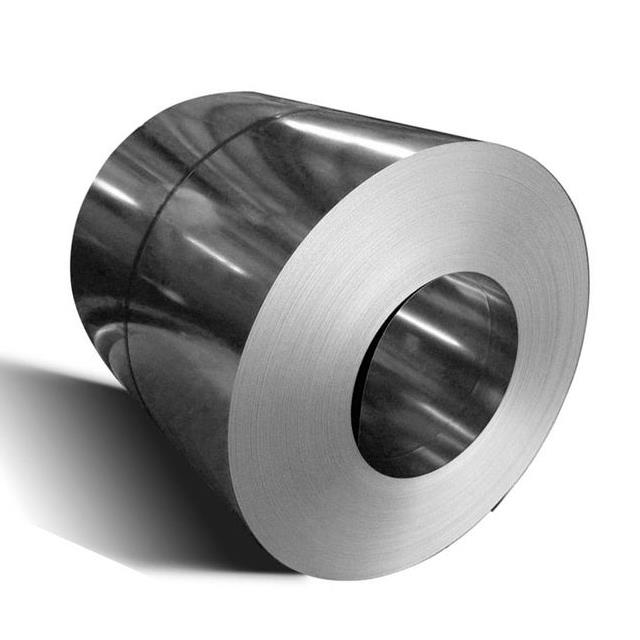 Paintless Dent Repair (PDR) is a modern and efficient method of fixing dents without the need for repainting. The process involves carefully massaging and reshaping the damaged area from the inside out, restoring the panel’s original look while preserving the factory paint.
Paintless Dent Repair (PDR) is a modern and efficient method of fixing dents without the need for repainting. The process involves carefully massaging and reshaping the damaged area from the inside out, restoring the panel’s original look while preserving the factory paint.
This technique is not only faster and more cost-effective than traditional methods, but it also helps maintain the structural integrity of your vehicle and keeps your warranty intact. It's an excellent choice if you want to avoid unnecessary materials like fillers or excessive sanding.
What Is Paintless Dent Repair?
Paintless Dent Repair is a specialized service where a skilled technician uses various tools to gently push out dents from the backside of the panel. This allows the metal to return to its original shape without damaging the existing paint. PDR is ideal for those who want to keep their car looking new without going through the hassle of full-body painting.
Some key benefits of PDR include:
- Quick and efficient repairs
- More affordable compared to traditional methods
- Restores the car’s original appearance
- Eliminates the need for sanding, painting, or filler
- Provides long-lasting results by addressing the root cause of the dent
What Can Paintless Dent Repair Fix?
PDR works best on certain types of damage. Here are some situations where it's most effective:
- Small to medium-sized dents
- Minor dings caused by low-impact collisions
- Vehicles manufactured after 1990
- Dents that don’t affect the paint
- Newer panels that haven’t been previously repaired
- Dents located away from the edges of the panel
- Classic cars that need restoration without repainting
- Dents that only affect the metal and not plastic parts
- Multiple small dents, such as those caused by hail
A professional will assess the condition of the dent, how much the metal has been stretched, and whether the paint is intact before recommending PDR as a viable option.
When PDR Is Not Recommended
While PDR is a great solution in many cases, it’s not suitable for every type of damage. Avoid using PDR for:
- Plastic components like bumpers or fenders
- Deep or large dents that have distorted the metal
- Dents that have removed part of the paint
- Damage caused by hitting animals
- Dents near the edge of a panel or in hard-to-reach areas
If you're dealing with a minor dent that doesn't affect the paint or structure of your car, PDR could be the perfect solution. For expert service, contact DaSilva’s Auto Body today and let us help restore your car’s appearance quickly and efficiently.
Galvanized steel can be classified into two main types: hot-dip galvanized steel and electro-galvanized steel.
Hot-dip galvanization is the most common method of galvanizing steel. In this process, the steel is first cleaned and then immersed in a bath of molten zinc at a temperature of around 450°C. The zinc reacts with the surface of the steel, forming a series of zinc-iron alloy layers that provide excellent corrosion protection.
Electro-galvanization, on the other hand, is a process that involves using an electric current to deposit a thin layer of zinc onto the steel surface. This method is typically used for thinner gauge steel and provides a smoother finish than hot-dip galvanization. However, it may not be as durable as hot-dip galvanization and is typically used for less demanding applications.
In addition to its corrosion resistance, galvanized steel is also fire-resistant and has good thermal conductivity. It is also relatively easy to fabricate and can be formed into a wide range of shapes and sizes, making it a versatile material for various applications.
However, galvanized steel may not be suitablefor all applications. It has a shorter lifespan than some other corrosion-resistant materials, such as stainless steel, and may require regular maintenance to ensure its continued protection against corrosion. Additionally, galvanization can affect the appearance of the steel, giving it a characteristic dull gray or silver color that may not be desirable for some aesthetic applications.
Another consideration with galvanized steel is the potential environmental impact of the galvanizing process. The production of galvanized steel typically involves the use of large amounts of energy and resources, and the disposal of waste products from the galvanizing process can have environmental implications. However, efforts are being made to improve the sustainability of the galvanizing process, such as through the use of more energy-efficient production methods and the recycling of waste materials.
Overall, galvanized steel is a popular and versatile material that offers excellent corrosion resistance and durability. Its use is widespread in a variety of industries and applications, and it will likely continue to be an important material for many years to come.


galvanized steel coil,galvanized steel sheet,galvanized steel plate,galvanized coil,galvanized sheet
Wuxi Shengshu Metal Co., Ltd. , https://www.wuxissmetal.com